Rowing machine and watts, there can be mixed feelings about using watts as units to measure your peak power, rowing capacity, or power on the ergometer. In rowing, the average pace per 500 meters is the most commonly used unit to measure how fast you row. It makes sense, especially for rowers who race the regular distances and can relate to the units. How long will it take for them to row 500 meters?
On rowing machines today, there are three ways to measure capacity, power, or what you “burn” on the ergometer. The average pace for 500 meters, calories burnt, and last what we use are for our rowing training programs are watts. We will not discuss the calories option because it is not relevant for measuring speed or power in our case. At Rojabo we choose to measure rowing power in watts as it gives a more precise measurement of what you can pull on an ergometer and it is a more accurate basis for our calculations. Many elite athletes choose to row measuring capacity this way as it gives greater variance of the actual output for a given workout.
When a +/- 1-second fluctuation gives a difference of 11,2 seconds – is that precise enough?
What do we mean as more precise? We use an example to help clarify what we mean. When rowing on the ergometer with settings showing the average pace per 500 meters, the monitor shows the rower the actual speed only down to seconds, not tenths of seconds. So if the rower is aiming to keep a pace of 1.51 allowing a fluctuation of +/-1 sec, this means keeping the speed anywhere between 1.50 and 1.52. If the monitor could show the tenths of seconds, the actual speed can be anywhere from 1.50,1 to 1.52,9. In rowing watts that translates to 262.2 – 243.2. Now a fluctuation of 2 seconds does not sound like much but in watts, it translates to 19 watts on a rowing machine.
To demonstrate what 19 rowing watts can mean in a 2K race, here are some numbers. Rowing 2K at a pace of 1.52,9 gives a time of 7.31,6. Rowing it at a pace of 1.50.1 gives a time of 7.20,4.
This gives a difference of 11,2 seconds, a good three boat length on water.
Learn to feel what you are doing
One aim for our rowing training programs is to teach rowers, not only elite athletes, but rowers at all levels to be better at optimizing their pressure at different stroke rates, by following what is given in the Power Guide. When you are able to keep steady and constant pressure, you row more economically.
Many generic workout providers leave out requirements for the power, and how much you need to push. It makes sense as it is very personal for every person. But knowing what you need to push is actually one of the most important factors if you want to complete the workout as it is intended. Let’s say that our Power Guide advises a rower a steady-state rowing workout in SPM 22 at a pace of 1.59 or watts 203, it can be just a bit tempting to put just a bit more pressure into each stroke, but this can change the nature of the workout from being a steady-state endurance workout to be a workout training aerobic capacity. Now if this is consequently done for all workouts, then the rower will lack the endurance workouts needed to build a base for a stronger physical capacity. The intention of all workouts is not to achieve peak power.
This is irrelevant for most who train to get their heart pumping and get some exercise, but this is important for a rower training with the purpose to get selected on a team or winning a race, this can be the key to making it or breaking it in on the final meters of the race. So using watts on a rowing machine gives a more accurate picture of actual pressure fluctuation. In the start, it can be annoying to look at the watts fluctuating on the monitor, but in the long run, it will help learn to be more stable with the pressure and be better at getting a feeling of what you are doing.
Rowing on the water with good technique, when varying your pressure, you should feel it in the flow of the boat. In a team boat, especially a double, if the pressure of one rower varies a lot, the partner will be able to feel this and it can disturb the flow of the boat.
If we use the light bulb example, you must have seen what happens when a light bulb is not getting enough constant electricity to power it up, it starts flickering. Well, the same happens with the speed of your boat if you can’t keep it constant. And every small, slight change in speed requires more energy to get the pace up and less energy if you can maintain it steady.
Good watts for rowing
So using watts is good. Using watts for rowing can help rowers become very accurate in controlling their pressure, how much they push on each stroke for a given workout. One of our key findings, when we were developing the method behind our Rojabo rowing training programs, was to crack the code in how to get athletes to feel what they are doing. This is not really something you can tell them, they need to understand the purpose of the workout, feel the difference between what the different types of workouts have on them, and how the different types of workouts when completed is intended to make them feel. The easy part is to do the work, 20min in SPM 24, but when we introduced the Power Guide with the intended pressures in rowing watts, we had a totally different precision tool to discuss the intended intensity of the workout with our athletes. 20min in SPM 24 with a pressure of 225 watts and no getting tempted by the stronger guy sitting next to you.
What Watts should you aim for?
Rojabo generates a detailed Power guide for each rower expressed in rowing watts (target watts) as well as average pace (target split). The Power Guide is your guide for how to complete the workouts, at what pressure to row at different SPM.
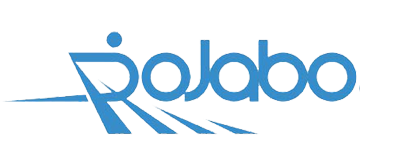
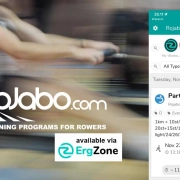
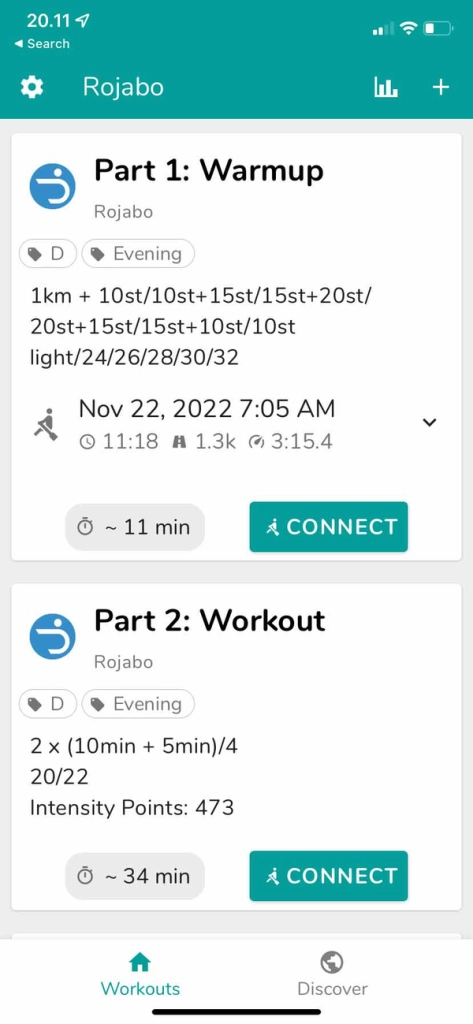
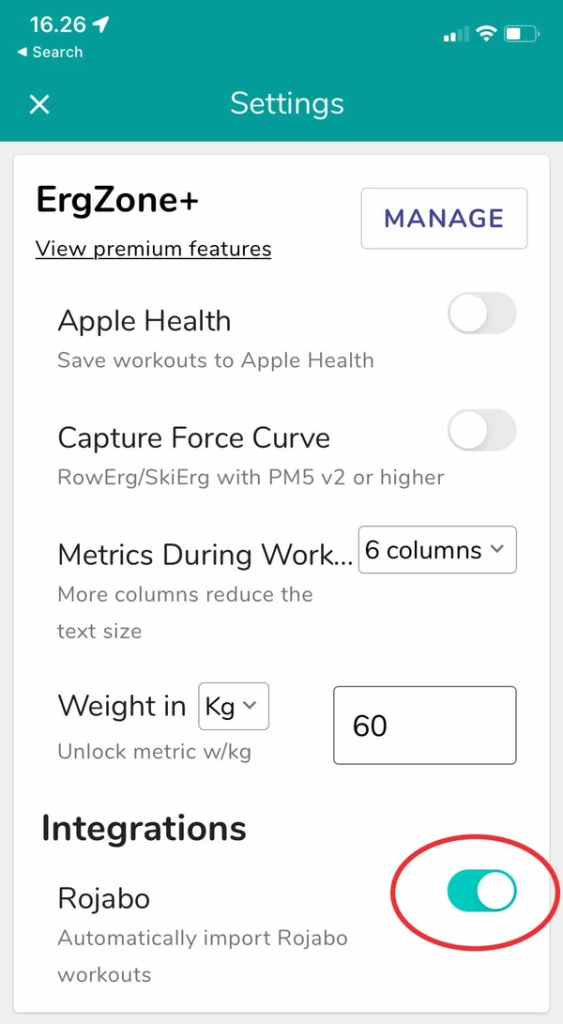
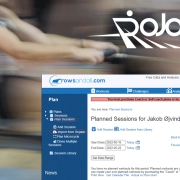 Rojabo.com
Rojabo.com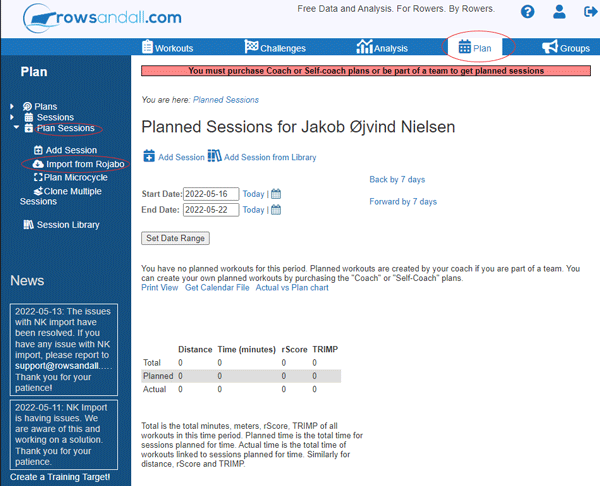
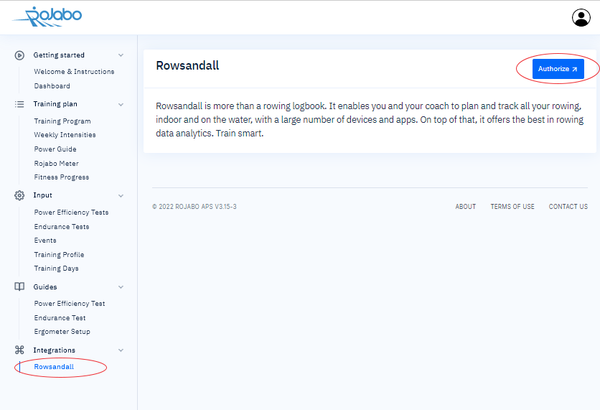
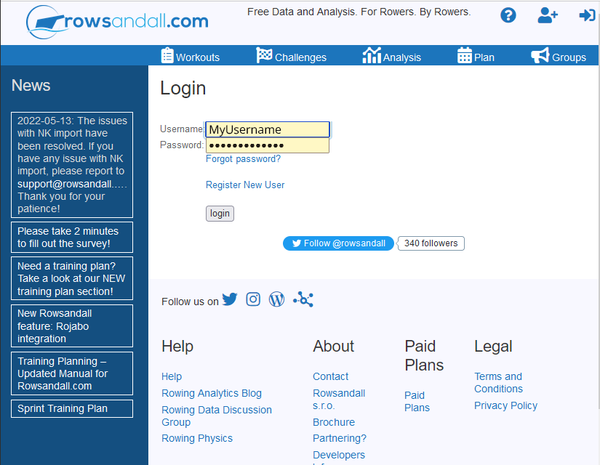
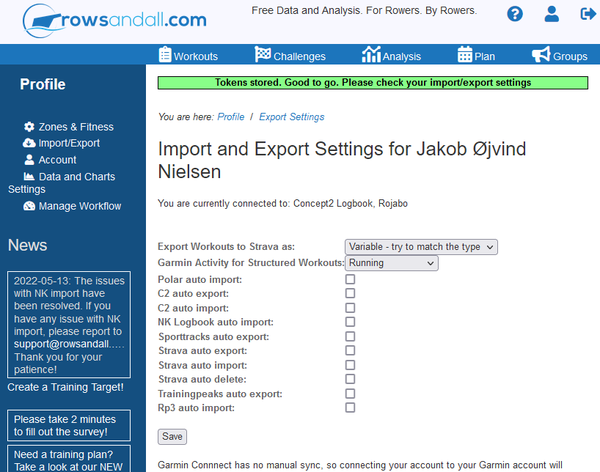
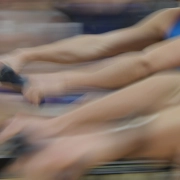 Rojabo.com
Rojabo.com



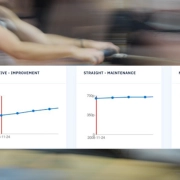 Rojabo.com
Rojabo.com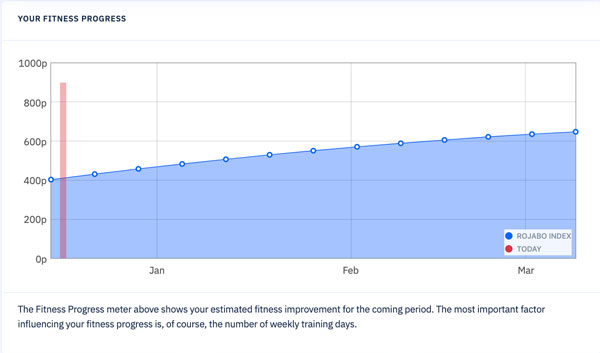

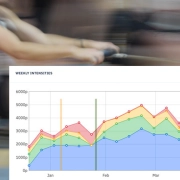 Rojabo.com
Rojabo.com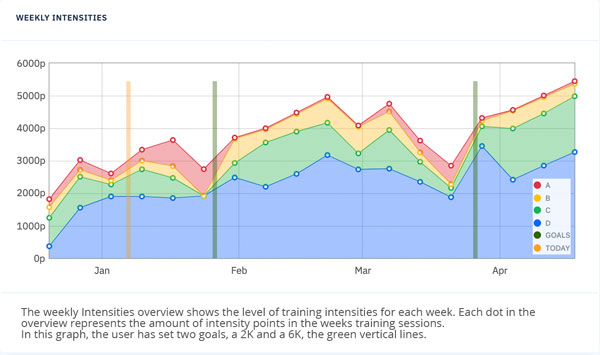
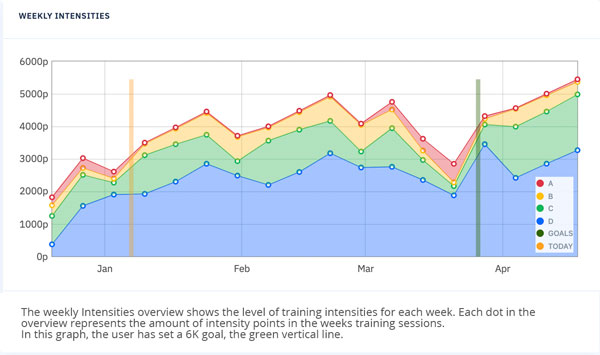

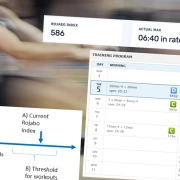 Rojabo.com
Rojabo.com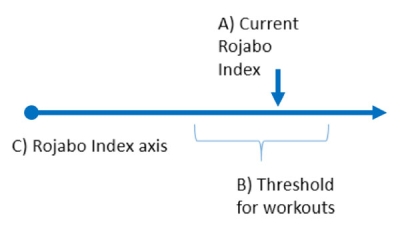
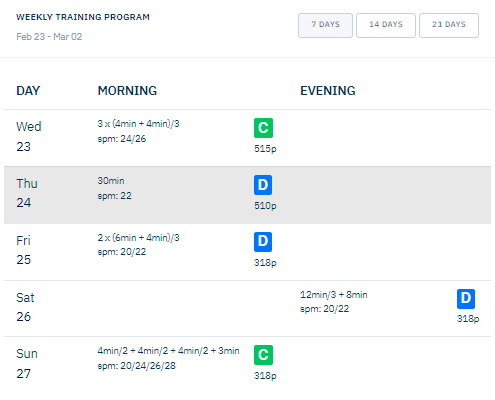
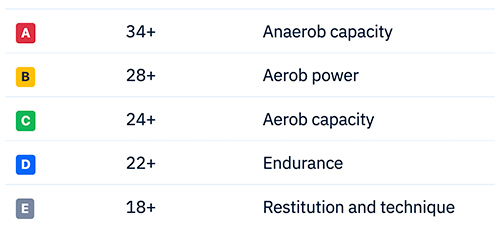
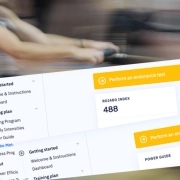

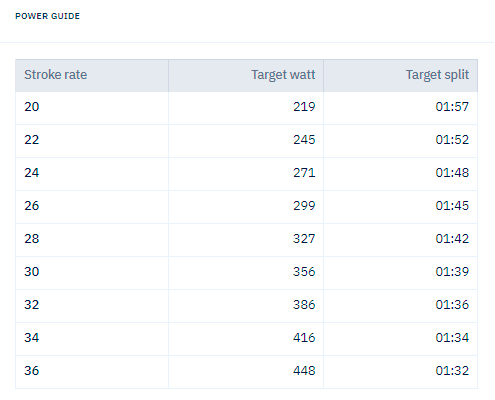
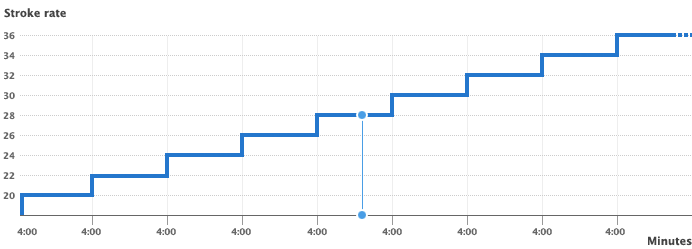
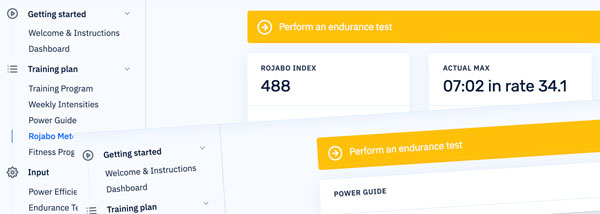

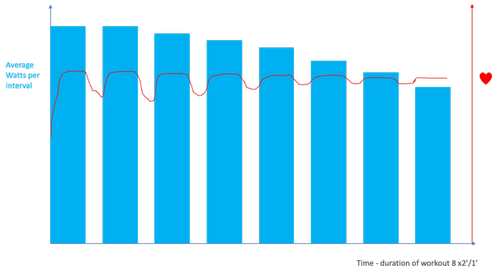
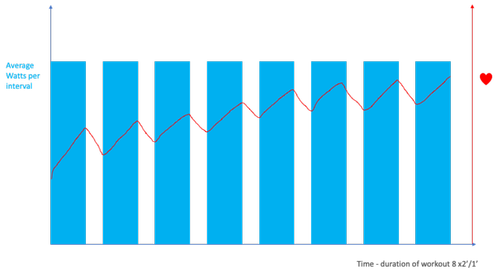
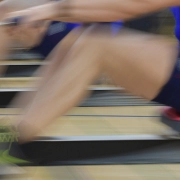 Rojabo.com
Rojabo.com